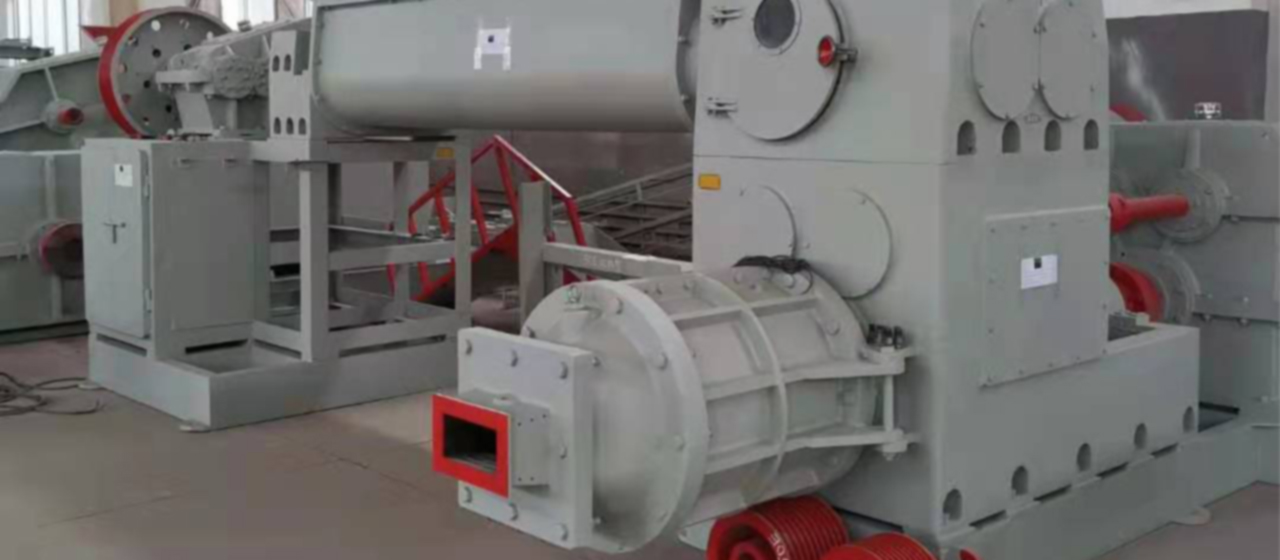the kiln temperature
The original method for measuring temperature during the movement of high-temperature calcined materials inside the tunnel kiln was to set up monitoring windows on the side walls of the kiln body. Through the windows, a high-temperature radiation thermometer was used to measure the surface temperature of the calcined materials. However, for the kiln car type tunnel kiln, the kiln cars move closely together, and there is inevitably a certain width gap between the calcined materials stacked on the kiln cars in each kiln workshop. In this way, when the field of view of the radiation thermometer is aligned with its gap, the thermometer measures the radiation energy from the mutual space between the burned materials. Compared with the measured surface radiation energy, the output data of the thermometer inevitably changes. Therefore, the kiln temperature is controlled to be unstable based on the measured temperature. In response to this defect, an overseas kiln company has made improvements to the temperature measurement method, which can accurately measure the temperature of the fired materials in the kiln at all times.

The improvement measure of this temperature measurement method is to maintain a certain gap between the moving side walls of the fired materials inside the kiln body, and set up multiple radiation thermometers with a distance greater than the distance between the fired materials on each kiln car. At least one thermometer should be kept facing the fired materials frequently to measure their temperature.
The tunnel kiln is composed of a kiln body and a mobile kiln car with burning materials. Each kiln car is closely adjacent to each other, but there is a certain gap between the fired materials on each car. Install two monitoring windows and two radiation thermometers on the side walls of the kiln body. The distance between the monitoring window and the thermometer is greater than the gap between the fired items of each kiln car. In order to prevent the field of view of both thermometers from simultaneously entering the gap between the burned materials, one of the thermometers occasionally faces the burned materials. In the example, the one with the highest output value among the two thermometers is selected as the temperature of the sintered material. Due to the fact that in the example, two thermometers are set on the sidewalls of the kiln body. When both receive radiation energy from the surface of the fired material and output temperature values, the value is almost the same. One side can be selected for temperature measurement, or the average of the two values can be taken as the temperature of the fired material. As shown in Figure 1; When the gap between the fired items on the kiln car moves in front of the thermometer, the temperature value output by the thermometer that matches the gap changes. However, since the two thermometers are set at intervals greater than those between the fired items on each kiln car, they will not face their intervals at the same time, and there must be one thermometer facing the fired items. Therefore, in the temperature values output by the two thermometers, as long as one end, such as the output value of the high-temperature end, is selected, the temperature measurement of the fired material can be accurately output from time to time, and the kiln temperature can be controlled to maintain its stability.
As for the radiation thermometer used, it includes all thermometers that use surface radiation to measure temperature. In the example, it is not limited to two units, but can also be set to three or more units. In addition, if the output temperature values of the two thermometers are different, high or low temperature values can be selected. The specific choice can be based on the set position and experience.
In summary, by adopting an improved temperature measurement system and method, even if there is a certain gap between the calcined materials on each kiln car, it is still possible to accurately and stably measure the calcined materials from time to time.








